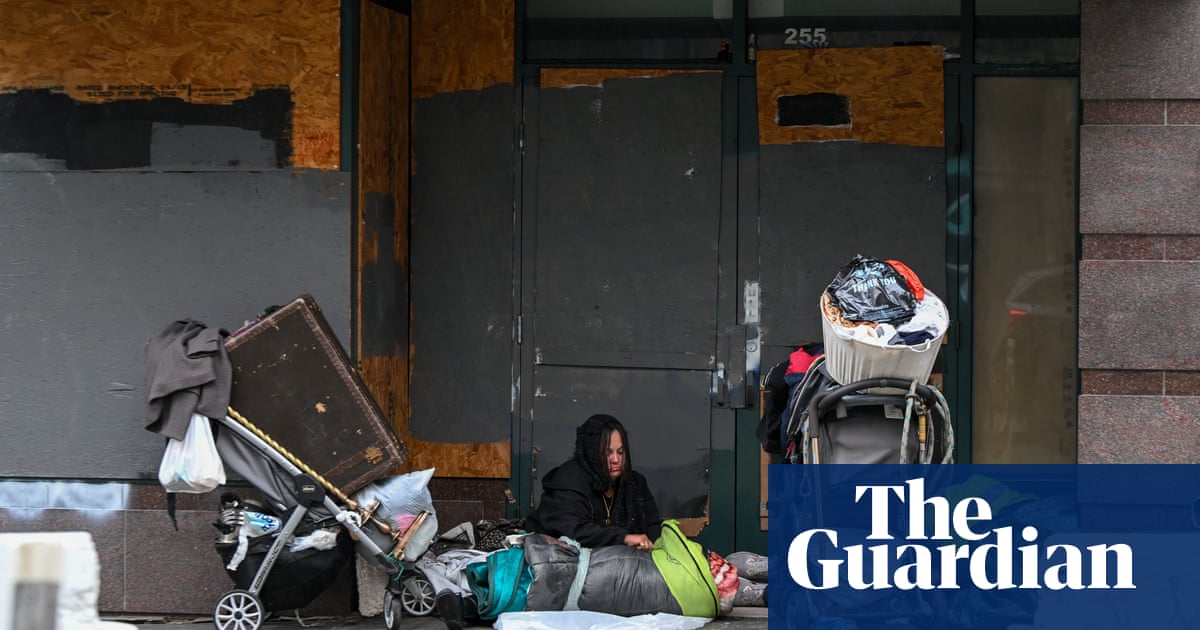Gavin Newsomhas called onCaliforniacities and counties to clear and effectively ban encampments “without delay” as the governor intensifies a crackdown onhomelessnessin the state.
Newsom on Monday announced a new model ordinance to address “persistent” camps, in hopes of reducing the most visible signs of a worsening crisis, as well as $3.3bn in voter-approved funding to increase housing and drug treatment programs.
“There’s nothing compassionate about letting people die on the streets. Local leaders asked for resources – we delivered the largest state investment in history. They asked for legal clarity – the courts delivered,” Newsom said in a statement.
“Now, we’re giving them a model they can put to work immediately, with urgency and with humanity, to resolve encampments and connect people to shelter, housing, and care. The time for inaction is over. There are no more excuses.”
California has the largest population of unsheltered people in the US with more than 180,000 people in the state experiencing homelessness, including 123,000 people living outside, according to a 2023 count. The state – and local governments across California–have begun enacting harsher anti-camping policies following a US supreme court’sruling last yearthat cities can criminalize unhoused people for sleeping outside – even if there are no available shelter spaces.
Newsom has escalated efforts to force local governments into action since the 2024 supreme court decision, warning counties that he could withhold state support if they did not do more sweeps. InFebruary, he told cities and counties they could lose out on hundreds of millions of dollars in state funding if they do not make progress in eradicating encampments and reducing homelessness.
In a statement this week the governor’s office pointed to its own approach that it said had cleared more than 16,000 encampments and was “effective and scalable”. The model ordinance introduced by the office includes provisions it said can be modified to suit local needs, including a ban on persistent camping in one location, a ban on encampments blocking sidewalks and a requirement for local officials to provide notice and offer shelter before clearing an encampment.
The governor is seeking to help municipalities set “rules around encampments and establish effective enforcement procedures that prioritize notice, shelter and services”, according to the statement.
“Encampments pose a serious public safety risk, and expose the people in encampments to increased risk of sexual violence, criminal activity, property damage and break-ins, and unsanitary conditions,” the news release said.
